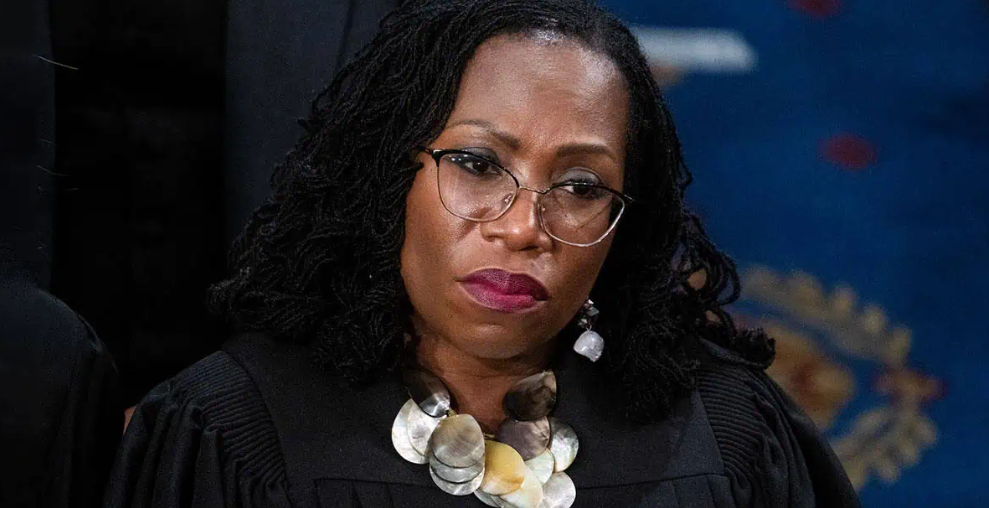Supreme Court Justice Ketanji Brown Jackson made a provocative analogy during a recent oral argument, drawing comparisons that have sparked reactions from across the political aisle.
The discussion arose in the case of Louisiana v. Callais, which examines the constitutionality of Section 2 of the Voting Rights Act. At issue is Louisiana’s congressional map, featuring two majority-Black districts, and whether it constitutes unlawful racial gerrymandering.
The arguments centered on the 14th and 15th Amendments, as covered by Breitbart.
Plaintiffs contend that the map’s configuration represents impermissible race-based districting.
Justice Jackson introduced an analogy comparing the obstacles faced by Black voters to those experienced by individuals with physical disabilities.
Referencing the Americans with Disabilities Act (ADA), she contended that civil rights remedies frequently address inequities without requiring evidence of intentional discrimination—similar to requiring accessible buildings irrespective of the designer’s intentions.
“Congress determined that facilities must be made equally accessible to people with disabilities whenever feasible,” Jackson remarked during the proceedings.
“I’m struggling to see why a similar approach isn’t being applied here.”
She elaborated, challenging why voting rights protections couldn’t adopt the same rationale: remedying ongoing effects of historical and contemporary decisions that hinder minority access to the electoral process, even absent overt discriminatory purpose.
“The purpose of Section 2 is to counteract present-day effects of past and ongoing practices that disadvantage minorities and limit their equal participation in voting,” Jackson explained.
She employed the word “disabled” to characterize unequal systems, citing the prior Supreme Court decision in Milliken v. Bradley.
Although her intent was to underscore equity, many view the linkage between racial inequities and physical disabilities as an overreach.
Critics argue that the comparison blurs separate concerns through potentially inflammatory terminology.
Attorney Edward Greim, advocating for the challengers, rejected the equivalence outright.
Greim maintained that ADA accommodations avoid presumptions or generalizations, in contrast to certain race-conscious voting measures.
“The issue lies in whether a race-linked remedy perpetuates stereotypes by presuming voters’ political preferences, opinions, or behaviors based on their race—and that’s the core concern,” Greim emphasized, warning of the risks in extending such reasoning to redistricting.
This response resonates with conservatives who caution against approaches that categorize people by collective traits rather than personal qualities or actions.
Undeterred, Justice Jackson inquired whether racial imbalances in voting opportunities should be overlooked absent race-specific interventions—a question that, while principled, could lead to compensatory measures that exacerbate divisions.
Greim’s emphasis on stereotyping transcends technical legalese; it highlights how well-meaning policies might inadvertently foster assumptions about individuals’ mindsets tied to their racial background, conflicting with the principle of colorblindness cherished by many on the right.
As the Louisiana v. Callais deliberations continue, this case—and Jackson’s analogy—promise to intensify debates on the boundaries of corrective measures before they veer into unintended discrimination.
The Court’s forthcoming ruling will offer crucial insights into reconciling equity and impartiality.

